The rise of industrial robotics has fundamentally altered the landscape of industrial development, driving unprecedented levels of efficiency, productivity, and innovation. From automotive assembly lines to food processing plants, these automated systems are reshaping how goods are produced and delivered. But what exactly is the role of industrial robotics in this evolution, and how are they impacting the future of work? This article delves into the multifaceted influence of industrial robotics on modern industry, exploring its benefits, challenges, and future prospects.
Key Takeaways:
- Industrial robotics significantly boosts manufacturing efficiency and productivity by automating repetitive and complex tasks.
- The adoption of industrial robotics leads to reduced labor costs and improved product quality, enhancing competitiveness.
- Industrial robotics is driving innovation in various sectors, enabling new manufacturing processes and product designs.
- While industrial robotics creates new job opportunities in areas like programming and maintenance, it also necessitates workforce adaptation and training.
The Impact of Industrial Robotics on Productivity and Efficiency
One of the most significant contributions of industrial robotics is their ability to dramatically improve productivity and efficiency in manufacturing processes. Unlike human workers, robots can operate continuously without fatigue, performing repetitive tasks with consistent precision. This translates to higher production output, reduced error rates, and shorter lead times. In industries such as automotive manufacturing, industrial robotics are used extensively for welding, painting, and assembly tasks, significantly increasing the speed and accuracy of production lines. The use of robots allows manufacturers to achieve economies of scale, producing more goods at a lower cost per unit. This increased efficiency is not limited to large corporations; small and medium-sized enterprises (SMEs) are also increasingly adopting industrial robotics to improve their competitiveness. For example, a small metal fabrication shop might use a robotic arm to perform welding tasks, freeing up skilled workers to focus on more complex and creative projects. Furthermore, robots can handle materials of substantial weight, even exceeding a gigabyte (gb) of data in operation analysis over a period of time.
Cost Reduction and Improved Quality Through Industrial Robotics
Beyond productivity gains, industrial robotics also plays a crucial role in reducing costs and improving product quality. By automating tasks that were previously performed by human workers, companies can significantly lower labor costs. This is particularly true in industries where labor costs are high or where there is a shortage of skilled workers. However, the initial investment in industrial robotics can be substantial, but the long-term cost savings often outweigh the upfront expenses. In addition to reducing labor costs, industrial robotics can also improve product quality by minimizing human error and ensuring consistent execution of tasks. Robots can be programmed to perform tasks with a high degree of precision, reducing the likelihood of defects and ensuring that products meet stringent quality standards. This leads to fewer product recalls, reduced warranty claims, and increased customer satisfaction. The improved quality also enhances the company’s reputation and brand image.
Industrial Robotics and Innovation in Manufacturing Processes
Industrial robotics are not just about automating existing processes; they are also driving innovation in manufacturing. Robots can be programmed to perform new and complex tasks that were previously impossible or impractical for human workers. This enables manufacturers to develop new products and processes, giving them a competitive edge in the market. For example, industrial robotics are being used in additive manufacturing (3D printing) to create complex geometries and customized products. This technology is revolutionizing industries such as aerospace and healthcare, where customized parts and devices are in high demand. Furthermore, industrial robotics are being integrated with other technologies, such as artificial intelligence (AI) and machine learning (ML), to create intelligent manufacturing systems that can adapt to changing conditions and optimize performance in real-time. These advanced robotic systems can analyze data, identify patterns, and make decisions without human intervention, leading to even greater efficiency and productivity.
The Future of Work: Adapting to Industrial Robotics
While industrial robotics offers numerous benefits, it also raises concerns about the future of work. The automation of tasks traditionally performed by human workers can lead to job displacement, particularly in industries with a high proportion of repetitive or manual tasks. However, it is important to note that industrial robotics also creates new job opportunities in areas such as robot programming, maintenance, and system integration. As robots become more sophisticated, there is a growing demand for skilled workers who can design, program, and maintain these systems. To mitigate the negative impacts of job displacement, it is crucial to invest in workforce development and training programs that equip workers with the skills needed to succeed in the age of industrial robotics. This includes providing training in areas such as robotics programming, data analysis, and advanced manufacturing technologies. By adapting to the changing landscape of work, societies can harness the full potential of industrial robotics while ensuring that workers have the skills and opportunities they need to thrive.







